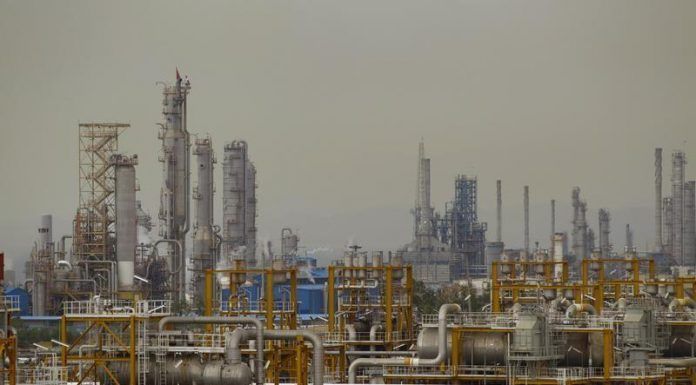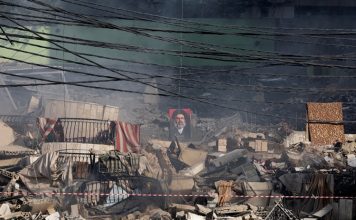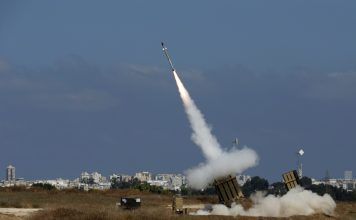By Dr. Taghi Alereza
[Dr. Taghi Alereza is the CEO of ADM Associates, an Energy Research and Evaluation company, which he founded 43 years ago. He provides consultation and expert witness services to many large energy utility companies in the US and Canada.]
Iran, after Russia, has the largest natural gas reserves in the world. Due to a number of issues, however, the country has not been able to benefit from these vast resources.
Iran can actually benefit financially from these resources. We propose that Iran use its vast natural gas resources to produce electricity for export.
Iran can export the additional electricity that it produces to countries most in need of clean energy, namely China and India, as well as to neighboring countries.
China and India currently top the list of the most air-polluting countries, and also have serious electricity shortages. The retail price of electricity in those two countries is higher than the price of the electricity that can be purchased from Iran. The present retail price of electricity is $0.10 in China and $0.12 in India per kilowatt hour.
Iran has a current production capacity of about 70 GW. It can increase this capacity by 120GW using natural gas and a combined-cycle generation system. This system would use half of one percent of Iran’s known natural gas reserves per year.
The cost of production of electricity per kilowatt hour is estimated to be about $0.025. That includes the wellhead price of gas and the amortized construction of new power plants, as well as the transmission system. The selling price of electricity is expected to be about $0.08 per kWh. This is the price that Iran charges for its electricity exports to Iraq.
By adding this 120 Giga Watt of generation capacity, Iran can create over $65 billion of net annual revenue. This would require about $80 billion of investment. The investment can be recouped in less than two years.
If amortized over 25 years, at 4 percent interest, the annual payment for the loan/investment would work out to about $7 billion per year.
We cannot foresee how long the present gas shortage in Europe will continue. This project could also be a long-term solution to Europe’s gas shortage, as transmission of electricity is easier than building gas pipelines or transporting liquid natural gas (LNG) to Europe.
The following steps would also provide additional generation or excess generation capacity for Iran, through a reduction in energy consumption, and could therefore also be used for future growth or export:
-
Conversion of all oil-burning plants to combine-cycle gas burning plants. Presently 30 percent of electricity production in Iran uses heavy oil. These plants are not efficient and are a major cause of environment pollution. This will also add another 15 GW of increased generation capacity.
-
Introducing higher energy-efficiency standards and codes for major appliances, motors, lighting, and buildings with enforcement infrastructure. This is already prevalent in the West, particularly in the US, and could reduce associated energy consumption by as much as 50 percent.
-
Investment in renewable energy production can support the continuous export of electricity for many years in the future. The revenue and net profit from these projects can be invested in solar and wind electricity generation. This project can be implemented thanks to revenues from selling electricity. We anticipate that Iran can have 80 GW of green electricity generation in 20 years after a revenue stream has been established. This is more than the present total generation capacity of Iran.












